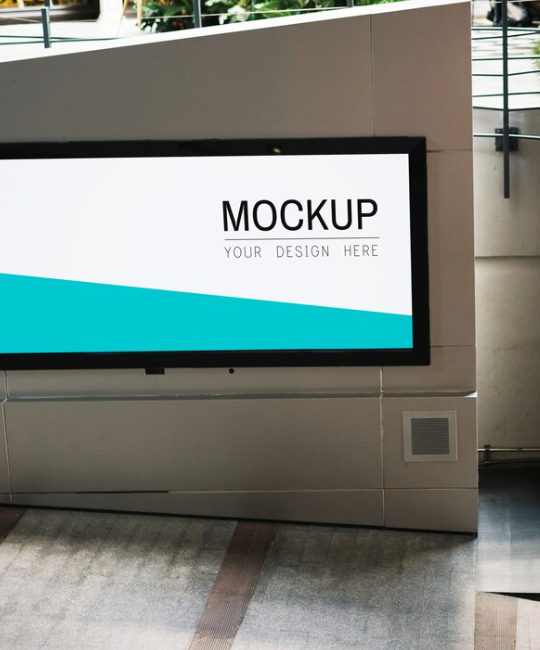 As business continues to change and adapt in response to globalization and technological disruption, office spaces have seen a dramatic transformation. Companies increasingly recognize how an efficient workspace design has an immediate and dramatic effect on employee productivity and satisfaction – as evidenced by the rise of the coworking space in San Francisco. Today we explore five essential components necessary for an optimal office setting and highlight this increasing awareness.
As business continues to change and adapt in response to globalization and technological disruption, office spaces have seen a dramatic transformation. Companies increasingly recognize how an efficient workspace design has an immediate and dramatic effect on employee productivity and satisfaction – as evidenced by the rise of the coworking space in San Francisco. Today we explore five essential components necessary for an optimal office setting and highlight this increasing awareness.
Table of Contents
1. Ergonomic Furniture: A Pillar of Comfort
The very cornerstone upon which a productive workspace thrives is the comfort embedded in its furniture. In the intricate tapestry of modern office design, ergonomic chairs and the rise of sit-to-stand desks have become indispensable threads. Delving into the vast expanse of research illuminates a consistent theme: investing in ergonomic furniture isn’t merely a nicety—it’s a strategic move that significantly enhances the well-being of employees and, in turn, catapults their overall productivity to new heights.
Imagine a workspace where the chairs cradle the body in unparalleled comfort, and desks adjust effortlessly to accommodate standing or sitting preferences. The impact extends beyond physical support; dynamic workplace adaptation allows employees to seamlessly adapt to changing demands throughout their day, supporting, energizing, and priming employees for peak performance in an atmosphere that dynamically responds to ever-evolving workplace needs.
2. Abundant Natural Lighting: Illuminating Success
One often overlooked yet critical element in office design is natural lighting. Beyond the mere aesthetics, the benefits of ample natural light weave a narrative of success. Extensive studies underscore that exposure to natural light holds the power to positively influence mood and energy levels, orchestrating a more vibrant and dynamic workspace.
Windows, thoughtfully placed throughout the office, conduct the natural light like skilled conductors, orchestrating an atmosphere that fosters not just work but creativity and engagement. This meticulous approach to lighting isn’t a mere practicality; it’s an intentional design choice that transcends the function to illuminate success. It’s about creating an environment where the play of light and shadow isn’t just about visibility but a conscious effort to inspire and invigorate, turning the workspace into a canvas where success is not just a goal but an inherent part of the daily rhythm.
3. Flexible Workspaces: Adapting to the Future
Flexibility in office design stands as the linchpin to meet the diverse needs of today’s multifaceted workforce. The essence of this approach extends beyond mere structural modifications; it’s about embracing a dynamic paradigm that catalyzes collaboration and adaptability. Open-plan spaces and the integration of flexible work arrangements represent not just an architectural choice but a deliberate cultivation of an environment that encourages employees to engage more actively with their work and colleagues.
As companies wholeheartedly embrace the concept of flexible workspaces, a transformative shift occurs. The once-rigid hierarchies of traditional office settings crumble, making way for a more egalitarian and inclusive atmosphere. This evolution nurtures engagement and collaboration among team members, breaking free from the constraints of traditional structures. As the lines between work and life continue to blur, the ability to adapt to the changing needs of the workforce becomes paramount.
4. Tech Integration: Powering Productivity
Technology integration in today’s office environments is no longer optional – seamless internet connectivity, collaborative tools, and smart office solutions must form part of an office’s everyday infrastructure. The right technology not only streamlines processes but also enhances communication and collaboration among team members. A well-connected office is not merely a hub of productivity; it’s a dynamic ecosystem where technology acts as an enabler, propelling the workforce toward collective success.
5. Wellness Amenities: Nurturing Well-Being
Recognizing the importance of employee well-being, many companies are incorporating wellness amenities into their office spaces. On-site gyms, wellness programs, and relaxation spaces help create an integrated approach to employee wellbeing. Not only are these amenities beneficial in improving physical well-being; but they can also promote an inclusive work culture that supports employee health. Wellness should not be seen as just another perk of a company–rather it should be invested in as one of its key assets: its workforce’s well-being.
Last Words
The evolution of office spaces reflects the changing dynamics of the modern workplace. As we delve deeper into the essential elements discussed, it becomes increasingly evident that the key to productivity lies in a thoughtful and well-designed workspace. For those seeking a dynamic and collaborative coworking space in San Francisco, the options available embody the principles discussed here, creating environments that inspire creativity, foster collaboration, and ultimately drive success.







